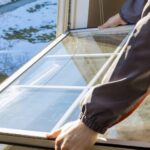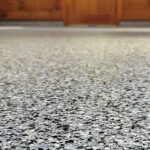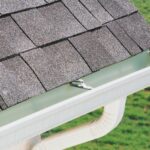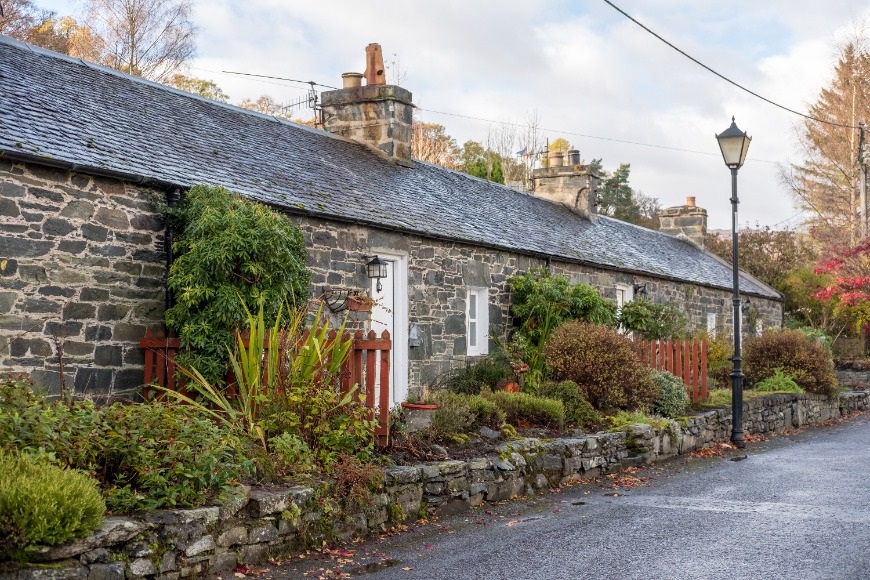Navigating the real estate market can sometimes feel like sailing in a sea of acronyms, and LBTT is no exception. The Land and Buildings Transaction Tax (LBTT) is Scotland’s equivalent to the stamp duty in England and Northern Ireland. Introduced on 1st April 2015, the LBTT replaced the UK’s stamp duty land tax system in Scotland. This change allowed Scotland to bracket real estate taxes as per local conditions, a crucial driver for economic growth.
Delving Deeper into the LBTT
Much like the UK’s Stamp Duty Land Tax, the LBTT is a progressive tax paid on the purchase of properties and lands over a certain price in Scotland. It is chargeable for both residential and commercial properties, and leases as well. The Scotland LBTT, however, sets its thresholds according to the specific needs of Scotland’s property market.
LBTT Tax Rates and Bands
The LBTT functions on a banded system where varying tax rates apply to distinct sections of the property’s purchase price. With the tax bands for residential properties currently ranging between 0% and 12%, the brackets are as follows:
- Up to £145,000: the LBTT rate is 0%
- £145,001 to £250,000: the rate is 2%
- £250,001 to £325,000: the rate is 5%
- £325,001 to £750,000: the rate is 10%
- Over £750,000: the rate is 12%
It is important to note that similar to the SDLT, these rates apply to the ‘slice of the purchase price’ within each band, not the full purchase amount.
For commercial properties, a different banding system applies. Transactions up to £150,000 are exempt from LBTT, while the rates of 1% and 5% apply up to £250,000 and for figures above this threshold, respectively.
LBTT and First-Time Buyers
Scotland’s government provides an enticing relief for first-time buyers. Those purchasing a property for the first time will not have to pay any tax for the property price up to £175,000. If the property purchase price exceeds this value, the LBTT applies only to the portion of the price above £175,000.
Additional Dwelling Supplement
An Additional Dwelling Supplement (ADS) is also applicable under the LBTT for purchases of additional residential properties, such as second homes or buy-to-let properties, valued over £40,000. The rate currently stands at 4% of the total purchase price, payable in addition to the regular LBTT due.
Conclusion: Understanding the LBTT
Appreciating the nuances of the LBTT helps property buyers and investors navigate the Scottish real estate market. Whether you are a first-time buyer, a business seeking commercial premises, or an investor planning to expand a letting portfolio, keeping abreast of the LBTT’s specifics is an essential first step.
Comprehending the bands, the applicable LJTT rates, and the potential reliefs can allow you to factor the cost into your budgets and financial planning. It could also illuminate potential opportunities to optimise your property expenditures, making a meaningful difference to your property purchase journey. And with the tides of financial regulations often changing, being familiar with the variables that affect your property purchases is crucial in navigating the unpredictable waters of real estate with confidence.
Decoding the essence of LBTT can, therefore, empower you to be an informed player in Scotland’s vibrant property market.

 How to Choose the Right Window Replacement Contractor
How to Choose the Right Window Replacement Contractor  The Best Aircon servicing Singapore Maintaining Coolness by Performing Top-Quality Maintenance
The Best Aircon servicing Singapore Maintaining Coolness by Performing Top-Quality Maintenance  Why Columbus Homeowners Are Falling in Love with Epoxy Garage Floor Coatings
Why Columbus Homeowners Are Falling in Love with Epoxy Garage Floor Coatings  Flood Cleaning Services in Fort Worth, TX: Essential Steps to Restore Your Home
Flood Cleaning Services in Fort Worth, TX: Essential Steps to Restore Your Home  The Benefits of Caesarstone Quartz: Style, Strength, and Sustainability
The Benefits of Caesarstone Quartz: Style, Strength, and Sustainability  Are Home Elevators Worth the Investment? A Canadian Homeowner’s Guide
Are Home Elevators Worth the Investment? A Canadian Homeowner’s Guide  5 Common Gutter Problems That Gutter Guards Can Solve
5 Common Gutter Problems That Gutter Guards Can Solve  How a Whole-House Humidifier Can Help With Your Health
How a Whole-House Humidifier Can Help With Your Health  Master Bathroom Remodeling: Essential Tips for a Stylish Upgrade
Master Bathroom Remodeling: Essential Tips for a Stylish Upgrade 